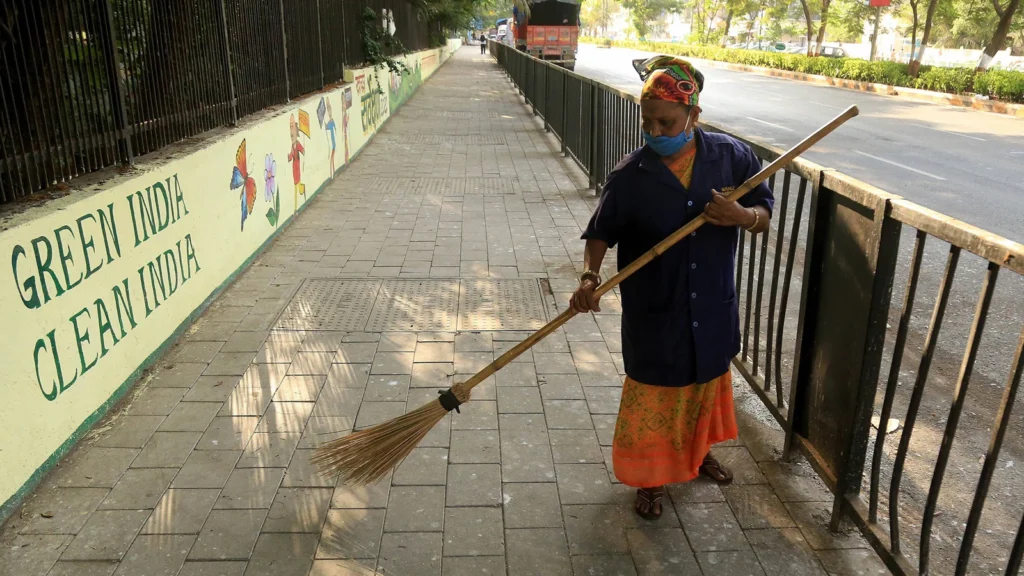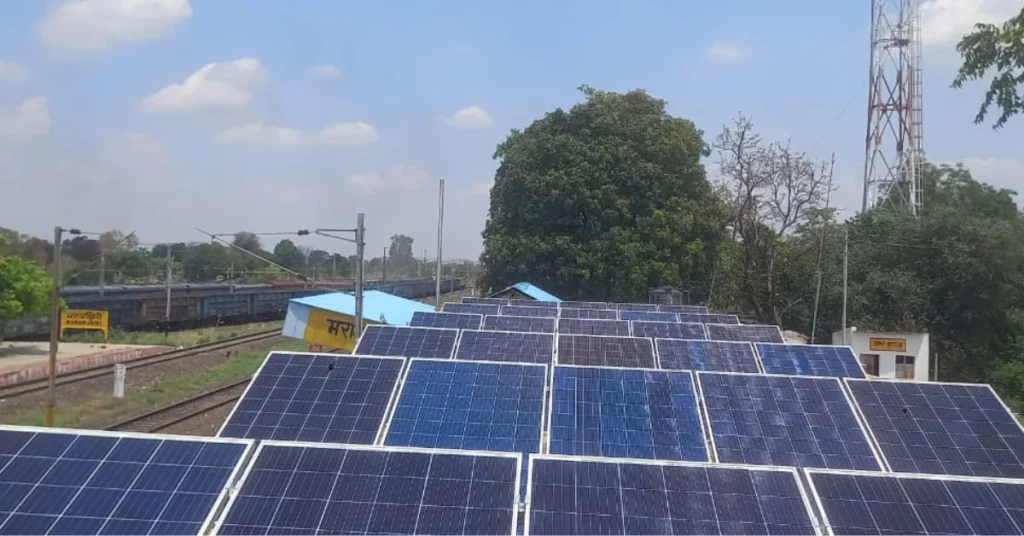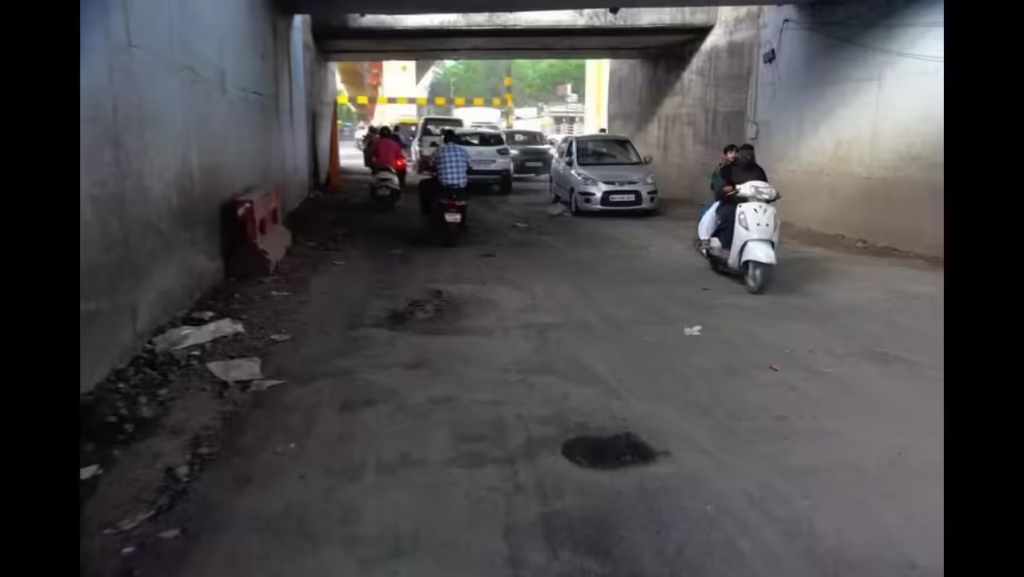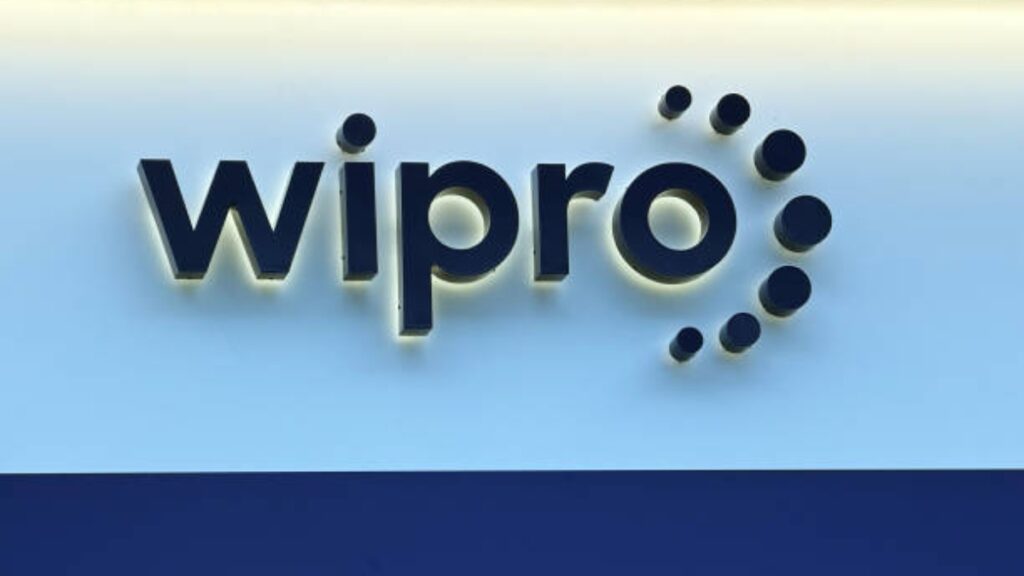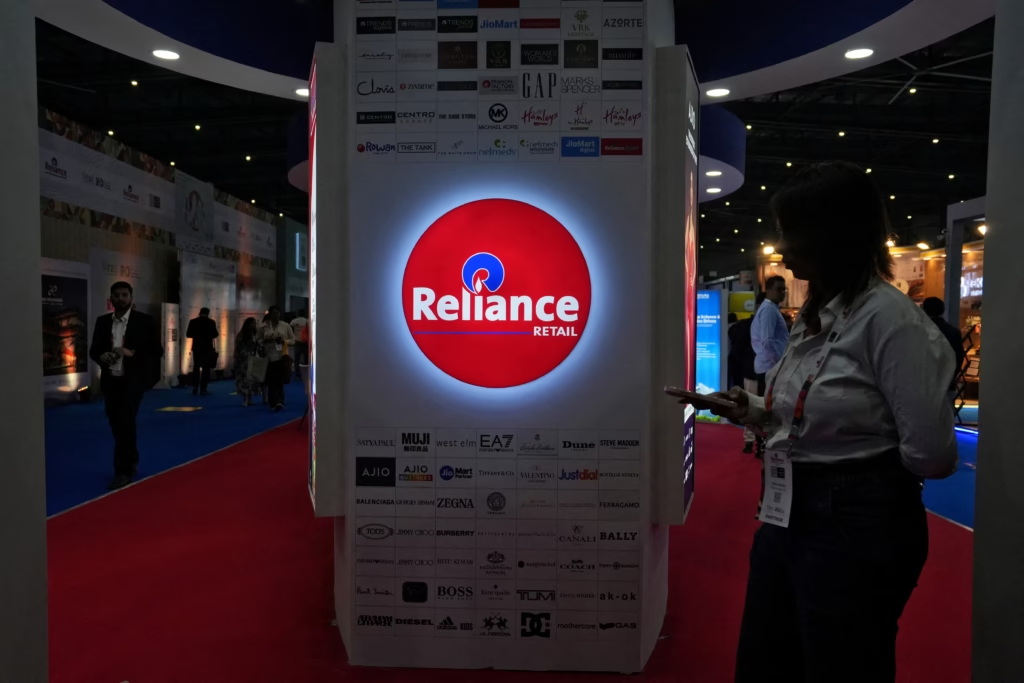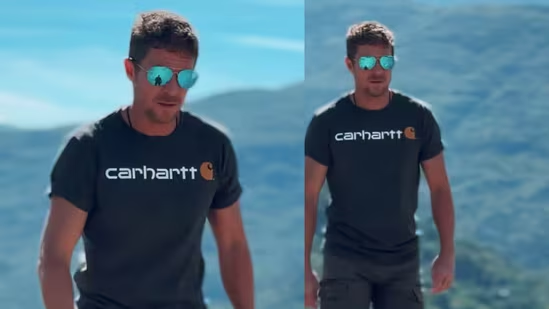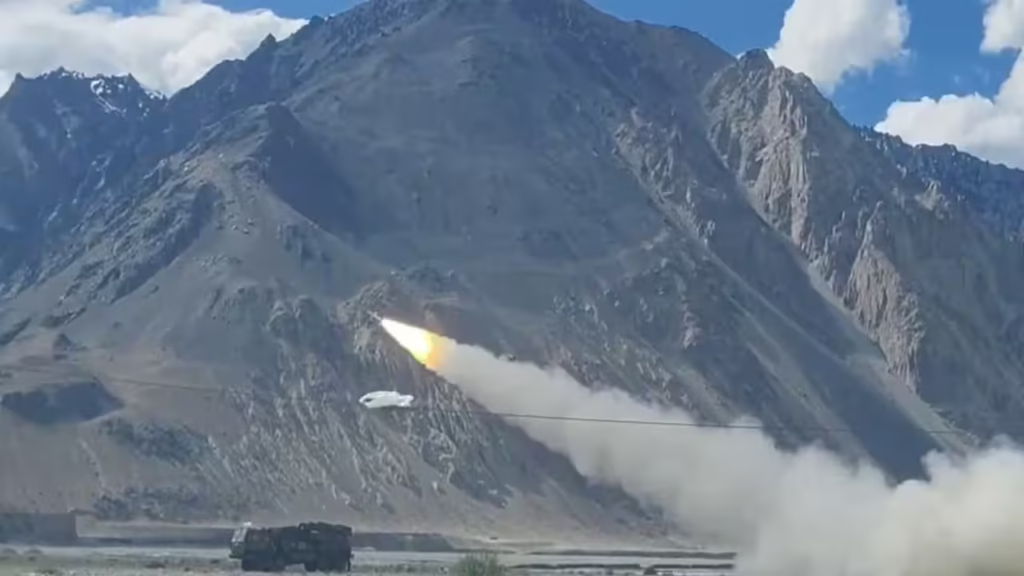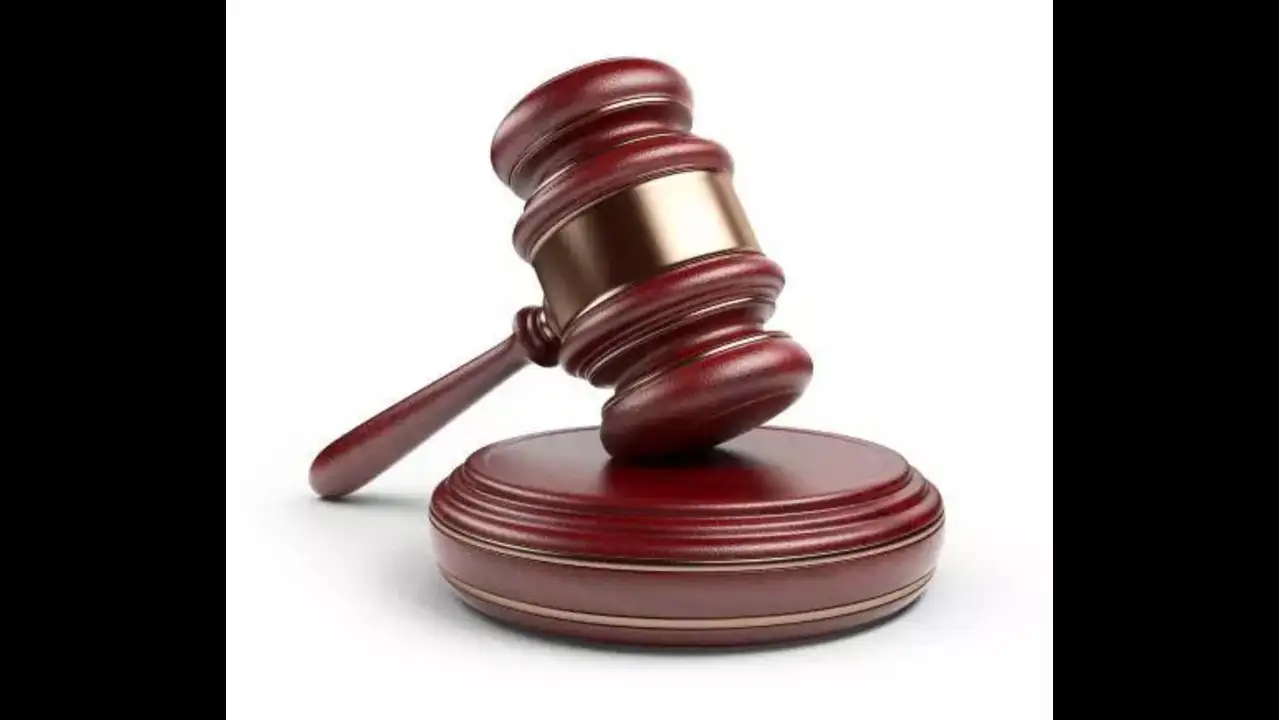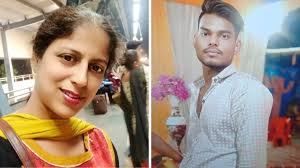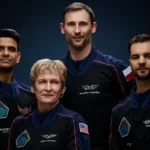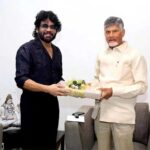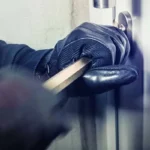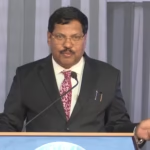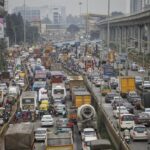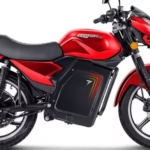Now Reading: What Do Astronauts Eat and How Do They Sleep? Indian Student Queries Answered from Space
-
01
What Do Astronauts Eat and How Do They Sleep? Indian Student Queries Answered from Space
What Do Astronauts Eat and How Do They Sleep? Indian Student Queries Answered from Space
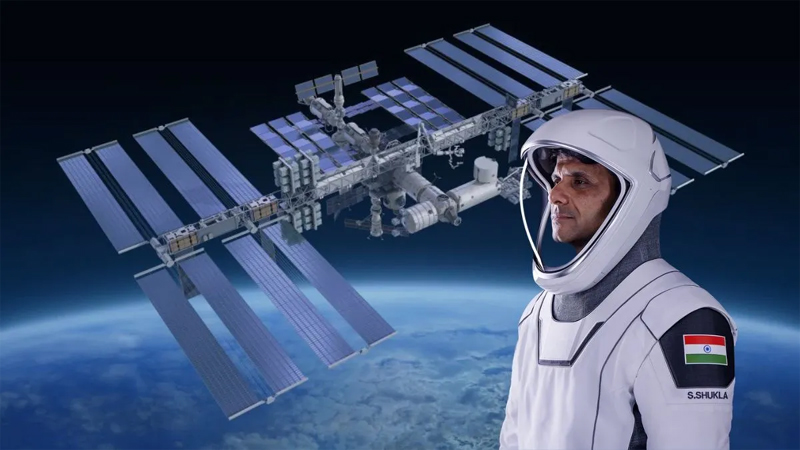
In a rare and inspiring moment, Indian-origin astronaut Shubhanshu Shukla answered questions from students across India—live from the International Space Station (ISS). From how astronauts eat to how they sleep without gravity, the session turned into a fascinating peek into life in space. For students in Tier 2 cities, this direct engagement with space science offered both answers and ambition.
A Classroom Connection Beyond Earth
Shukla, currently on a mission aboard the ISS, connected virtually with school students as part of a special educational outreach program. The event aimed to inspire young minds and promote curiosity in science and space exploration. Questions poured in from classrooms across India—many from smaller cities like Nagpur, Patna, and Coimbatore—where students rarely get such direct exposure to global scientific missions.
How Do Astronauts Eat in Space?
One of the most popular questions was about food in space. Shukla explained that astronauts eat specially packed meals that are either dehydrated or pre-cooked and vacuum-sealed. There’s no open flame or fresh cooking aboard the ISS. Instead, food is heated and eaten with spoons attached to Velcro, ensuring nothing floats away.
Sleeping Without Gravity
Another common curiosity was how astronauts manage to sleep without falling. Shukla said that crew members sleep in small cabins in sleeping bags attached to the walls. There’s no concept of “up” or “down,” so they simply float inside their bags and secure themselves to prevent drifting. Despite the unusual setup, astronauts follow regular 8-hour sleep cycles.
Encouraging Curiosity Among Young Indians
The interaction was more than a Q&A—it became a motivational session for hundreds of students. Shukla encouraged children to study science, stay curious, and explore beyond textbooks. His journey from India to the ISS served as a powerful example of how global science is accessible to Indian youth, no matter where they come from.
Tier 2 Cities and the Science Push
Events like this have special meaning for students in Tier 2 cities where access to science labs, workshops, or international exposure can be limited. By connecting directly with an astronaut, many students were able to see science as a living, exciting field—rather than just a classroom subject.
Conclusion
Shubhanshu Shukla’s live chat from the ISS turned into a moment of inspiration for students across India. As he answered questions with patience and clarity, he didn’t just explain life in space—he sparked dreams on Earth. For Tier 2 city students, it was a reminder that no dream is too distant, not even the stars.

